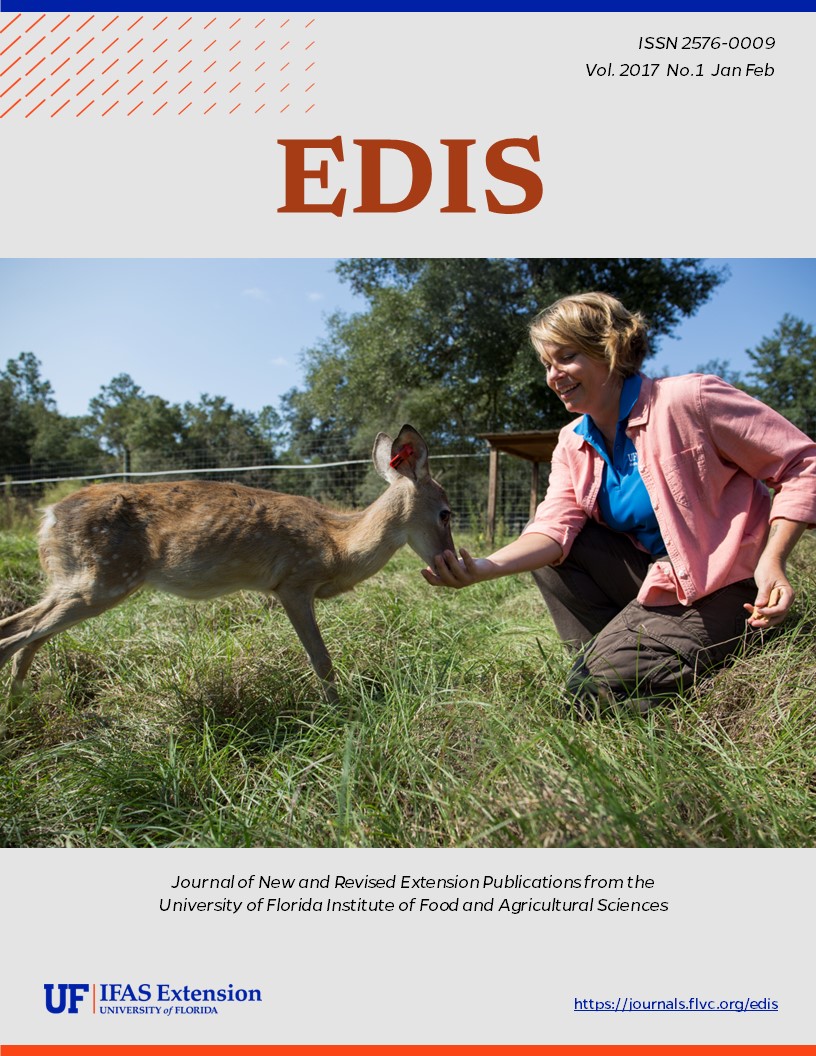Abstract
Several bird species use forest fragments and trees conserved in built areas as breeding, wintering, and stopover habitat. Scientists have created a Building for Birds online tool to help these birds and the people who appreciate them. This evaluation tool is most useful for small developments or developments in already fragmented landscapes.
The tool is designed for use when no opportunity is available to conserve large forest areas of 125 acres or more within a proposed development. Developers are sometimes reluctant to conserve trees and forest fragments in subdivided residential/commercial areas because it costs time and money, but there is value in this conservation effort not only for many different species of forest birds, but for future homeowners waking to birdsong in the mornings.
This 18-page fact sheet written by Mark Hostetler and Jan-Michael Archer and published by the Department of Wildlife Ecology and Conservation describes the online tool and shows how it can help preserve stopover habitat for migrating birds.http://edis.ifas.ufl.edu/uw416
References
Cox, James. 1988. "The influence of forest size on transient and resident bird species occupying maritime hammocks of northeastern Florida." Florida Field Naturalist 16.2 (1988): 25-34.
Hostetler, M., E. Swiman, A. Prizzia, and K. Noiseux. 2008. "Reaching residents of green communities: Evaluation of a unique environmental education program." Appl. Environ. Edu. Commun. 7, 114-124. https://doi.org/10.1080/15330150802553828
Somershoe, Scott G., and C. Ray Chandler. 2004. "Use of oak hammocks by Neotropical migrant songbirds: the role of area and habitat." The Wilson Bulletin 116.1 (2004): 56-63. https://doi.org/10.1676/0043-5643(2004)116[0056:UOOHBN]2.0.CO;2
Unless otherwise specified, articles published in the EDIS journal after January 1, 2024 are licensed under a Creative Commons Attribution-NonCommercial-NoDerivs 4.0 International (CC BY-NC-ND 4.0) license.

